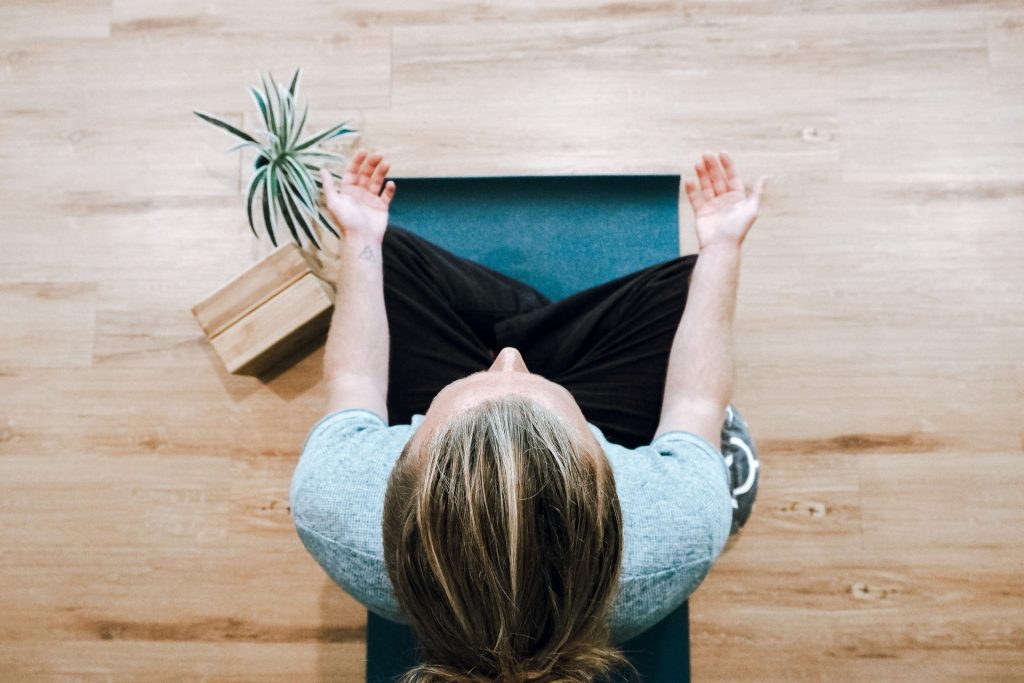Are you tired of going through your day on autopilot, feeling disconnected from yourself and the world around you? Mindful walking might just be the solution you’re looking for. This ancient practice involves slowing down and tuning in to each step, each breath, and each sensation as you move through space. Not only does it help reduce stress and anxiety, but it can also enhance your appreciation for nature and improve your overall well-being. In this article, we’ll explore the art of mindful walking: what it is, its benefits, how to get started with it, tips for practicing effectively, troubleshooting common challenges that arise along the way – plus some FAQs – all so that you too can connect more deeply with yourself and the world around you
What is Mindful Walking?
Mindful walking is the practice of being fully present and aware while walking. It involves paying attention to your body, breath, and surroundings with a non-judgmental attitude. Mindfulness can be practiced in many forms, including meditation or yoga – but walking meditation may be more accessible for people who prefer to move their bodies.
To get started with mindful walking, find a quiet place outdoors where you won’t be disturbed by traffic or crowds. Begin by standing still and taking several deep breaths, bringing awareness to your body as it stands upright. Start moving slowly forward one step at a time while focusing on each movement of your foot – from lifting it up off the ground to placing it back down again.
As you walk mindfully, try to stay attuned to all of your senses: what do you see around you? What sounds can you hear? What smells are in the air? Try not to judge or analyze anything that comes into your field of perception; simply observe it without attachment.
The practice of mindful walking doesn’t have any set duration or pace. You could walk for just a few minutes or spend an entire afternoon exploring nature this way. The key is just staying present throughout the journey
The Benefits of Mindful Walking
The benefits of mindful walking are numerous and can have a profound impact on your physical, mental and emotional wellbeing. One of the primary benefits is that it allows you to connect with yourself and the world around you in a deeper, more meaningful way.
By being fully present in each step, you can become more aware of your surroundings and appreciate the beauty that surrounds you. Additionally, mindful walking has been shown to reduce stress levels by promoting relaxation and calming the mind.
Furthermore, regular practice of mindful walking can improve cardiovascular health by increasing blood flow throughout the body. It also helps strengthen muscles and improves balance, making it an excellent low-impact exercise option for people of all ages.
In addition to physical health benefits, mindfulness meditation during walking has been linked to improved mood regulation which leads to reduced feelings of depression or anxiety symptoms. By focusing on breathing techniques while walking for just 15 minutes daily may help reduce negative thought patterns leading to overall better mental stability
Incorporating mindful walking into your routine can have positive effects on your whole self – mind and body alike – allowing you to live life more fully engaged with yourself and others around you.
How to Get Started With Mindful Walking
Getting started with mindful walking is easy and can be achieved by anyone. The first step is to set aside some time for yourself, even if it’s just a few minutes each day. Find a quiet place where you can walk uninterrupted, whether it’s outside in nature or inside your home.
Once you have established your designated spot, focus on slowing down your pace and becoming more aware of the present moment. Take deep breaths as you begin to walk and pay attention to how your body feels as you take each step.
It’s important to remember that mindfulness isn’t about achieving anything specific or striving for perfection; rather, it’s about being fully present in the moment without judgment or distraction. So don’t worry if you find yourself getting distracted – simply refocus your attention back to the present moment.
As you continue walking mindfully, try paying attention not only to what’s going on within yourself but also around you – notice the sights and sounds of nature or any other surroundings that may be nearby.
Make sure that this practice becomes a regular part of your routine so that over time it becomes second nature. It doesn’t matter how long each session lasts – practicing even just five minutes a day can lead to significant benefits in terms of mental clarity and overall wellbeing.
Tips for Practicing Mindful Walking
When it comes to practicing mindful walking, there are a few tips that can help you get the most out of your experience. First and foremost, make sure you choose a location that feels comfortable and safe for you to walk in. This could be a park, beach or even just around your neighborhood.
Once you’ve found your ideal location, start by taking some deep breaths before beginning your walk. This will help calm any racing thoughts or distractions and allow you to fully focus on the present moment.
As you begin walking, pay attention to the sensations in your body – how does each foot feel as it touches the ground? How do your arms swing naturally at your sides? Allow yourself to fully immerse in these physical experiences and let go of any external distractions.
Another helpful tip is to set an intention for your walk. Whether this is simply focusing on gratitude or setting an intention for self-care or personal growth, having a clear purpose will help guide your mindfulness practice.
Don’t forget about the power of sensory experiences during mindful walking. Engage with all five senses – notice the colors around you, inhale deeply and take note of any scents that catch your attention, listen closely to sounds in nature or nearby traffic.
By incorporating these tips into mindful walking practice sessions regularly over time can provide benefits such as increased clarity of thought and better stress management skills
Troubleshooting and FAQs
As with any new practice, there may be some challenges or questions that arise when it comes to mindful walking. Here are a few common troubleshooting issues and answers to frequently asked questions.
One common challenge is finding the time and space for mindful walking. It can be difficult to carve out intentional time in our busy schedules, but remember that even short walks around your neighborhood or office can provide an opportunity for mindfulness.
Another issue may be distractions during your walk, such as noise or other people. Remember that mindfulness is about being present in the moment, so try not to let these external factors take you out of the experience. Instead, focus on how your body feels as you walk and breathe deeply.
If you find yourself struggling with negative thoughts or emotions during your walk, acknowledge them without judgment and then gently shift your attention back to the present moment. Mindful walking isn’t about pushing away difficult feelings; rather it’s about learning how to observe them mindfully.
Common questions include whether it’s necessary to close one’s eyes while practicing mindful walking (it’s up to personal preference) and whether it’s okay if thoughts continue popping up during the practice (yes – simply acknowledge them without judgment).
Remember that everyone’s journey towards mindfulness looks different – don’t get discouraged by setbacks or difficulties along the way

